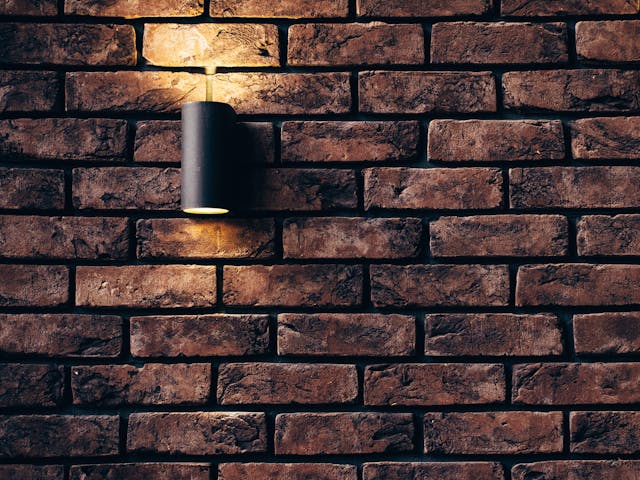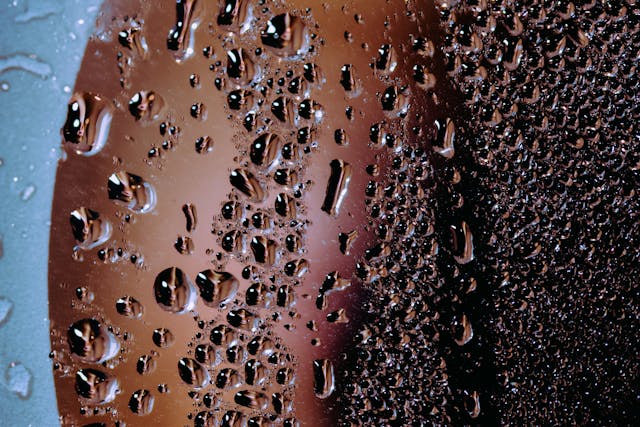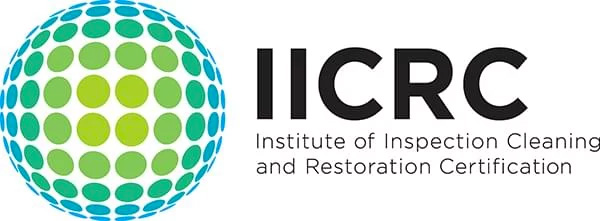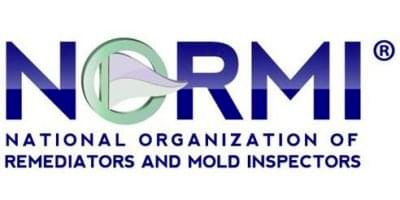Is There An Increased Risk Of Mold In Older Homes?
Potential investors and homeowners sometimes have a negative view when it comes to older homes on the market. Their perception can be skewed with thoughts of worn-out walls, rusted piping, and a development infested with mold.
Many assume that the older the home is, the higher the probability that the house has been exposed to conditions that promote the growth of mold. Is this true or is this simply a misconception of the market?
To help you understand the risks of mold in older homes, the team from Markham Services has compiled this article. We are the leading mold inspection, assessment, testing, and sampling company in Central Florida!
Mold Growth
Similar to any other organism on the planet, mold needs nutrients and water to thrive. For nutrients, mold can either obtain them from the soil or from the more frustrating option: the walls of your property. There are some walls that provide a more welcoming environment for the growth of molds than others, as we’ll explore.
You might be asking yourself where mold gets water since it grows on your walls. Be aware that building materials have different absorbing capacities and thresholds. Once that threshold is reached, water will start collecting in the building material, leading to mold growth. So, depending on the building material, the possibility of mold growth varies.
.jpg)
To give you some vital information on building materials and mold growth, we've provided the following breakdown:
- Solid Lumber. This is the common material in older buildings. Solid lumber is mainly made from maple, cherry poplar, oak, and pine. It's known for its capacity to hold a substantial amount of moisture before the condensation of water builds up. As such, it’s often a recommended option for property construction.
- Sheathing Plywood. This building material is made of sapwood strips fused together. Plywood has a low saturation threshold, making it less of a deterrent for the growth of mold, especially when compared to solid lumber.
- MDF/particleboard. MDF is manufactured from ground sawdust. The process of manufacturing it introduces organisms into the material, making it more susceptible to mold growth.
- Drywall. This building material is considered the ideal material for interior walls due to its ease of use, affordability, and lightweight characteristic. However, the organic nature provides drywall with the perfect base for mold growth.
From the information detailed above, you'd agree that a property built from solid lumber is the best option and deterrent of mold growth. And, most importantly, this tends to be more common in older homes!
What About Brick?
We've saved the best for last. From our experience, bricks are the best building material to use for the construction of property that can withstand mold. If constructed right, you can find a 50-year-old house with negligible mold problems. However, brick homes tend to be on the rarer side in Florida, though they are beginning to experience a resurgence.

Similar to other materials mentioned above, brick materials will also leak water in some capacity. The solution lies in the workmanship employed by the initial contractor. Some of these solutions include:
- A method of collection for water that leaks through the walls
- All collected water is redirected away from the interior of the house efficiently and quickly
- The bricklaying is done in a manner that protects the house’s wood framing from getting moisture
However, bricklaying standards have repeatedly come into question. The standards of newer brick homes cannot be compared to those of the early and mid-20th century.
Common Questions On Mold In Older Homes
Q: What makes older properties susceptible to mold infestation?
A: This is due to long-term exposure (without any remediation) to weather elements. The materials used also have a part to play in this exposure risk, though higher-quality materials tend to be used in older homes.
Q: What about new homes? Are they safer?
A: New homes are just as risky, if not riskier. The type of material and the standard of construction matter. However, homebuilders are implementing insulation measures to help prevent mold growth.
Q: What are some measures that homeowners can implement to prevent mold growth?
A: We recommend implementing control measures that help reduce the amount of moisture in your home. The use of an HVAC or humidifier can help you control humidity in the walls and the possibility of mold growth.

Q: How can one remove mold efficiently and safely?
A: If you believe you’ve identified a mold problem in your property, we would recommend that you call on a mold testing and assessment company like Markham Services to know the next steps.
While you might want to employ DIY methods, you might lack the knowledge, tools, and experience to do a comprehensive job. Remember, you don’t only have to deal with the visible mold but also with mold spores that will be present in such property.
The inspection of your property should be conducted by a licensed and trained mold inspector. With Markham Services, you are guaranteed of the highest standards of skill and practice in Central Florida.
Bottom Line
The presence of mold in a property (whether it’s a home, school, or commercial space) is an issue that owners have to battle. Not only does it have an effect on the value of your property, but it also has an effect on the health of the occupants. Protect your family/tenants by calling on the leading service provider in the industry, Markham Services!
Proudly servicing Orange County, Lake County, Seminole County, and Hillsborough County among other Central Florida areas, Markham Services is the company to rely on. For over 20 years, we have been inspecting, testing, and suggesting remedies for property owners. Call us today and get quality services at competitive prices!


